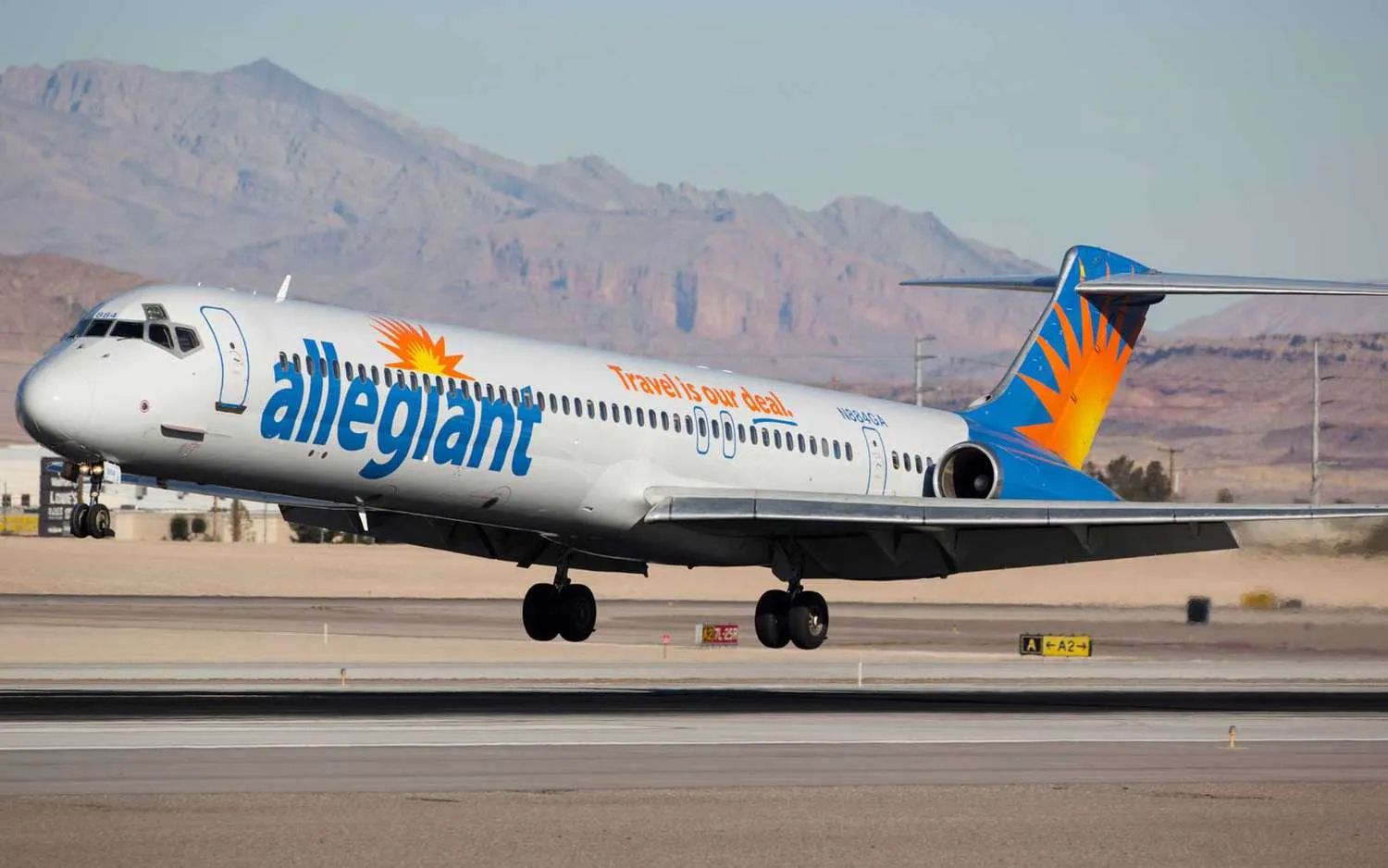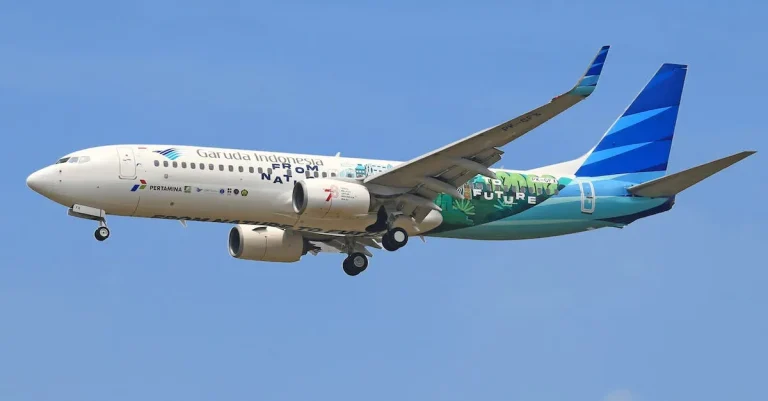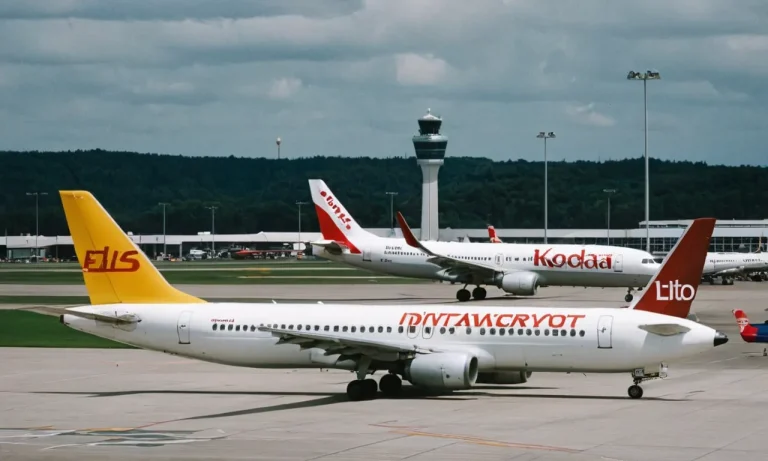With the rise in popularity of budget airlines, travelers are wondering if the cheaper fares come at the cost of safety.
Allegiant Air, one of the most well-known ultra-low-cost carriers in the United States, often faces questions about its safety record and reliability.
If you’re short on time, here’s a quick answer to your question: Allegiant has a higher-than-average number of mechanical issues and emergency landings compared to other US airlines but has not had any fatal crashes.
Allegiant is certified by the FAA and follows all federal airline safety regulations.
In this comprehensive article, we’ll take an in-depth look at Allegiant’s safety record, including mechanical issues, emergency landings, employee concerns, fatality statistics, and more.
We’ll also overview Allegiant’s safety features and procedures and compare their record to other airlines.
Allegiant’s Mechanical Issue and Emergency Landing Statistics
Higher than average mechanical failures
When it comes to mechanical issues, Allegiant has faced some challenges in recent years. In fact, their rate of mechanical failures is higher than the industry average.
While this may raise concerns among passengers, it’s important to note that Allegiant has taken steps to address these issues and improve their safety protocols.
One contributing factor to these mechanical failures is the age of Allegiant’s fleet. The airline primarily operates older aircraft, which can be more prone to mechanical issues.
However, Allegiant has been investing in newer planes to update their fleet and improve reliability.
Increase in aborted takeoffs and emergency landings
In addition to mechanical failures, Allegiant has also seen an increase in the number of aborted takeoffs and emergency landings.
While these incidents may be alarming, it’s important to understand the context behind them.
Aborted takeoffs occur when a pilot decides to abort the takeoff due to a safety concern or mechanical issue. These decisions are made with the intention of prioritizing passenger safety and preventing potential accidents.
While the frequency of aborted takeoffs has increased for Allegiant, it’s crucial to note that the vast majority of these incidents do not result in any harm to passengers or crew.
Similarly, emergency landings are often precautionary measures taken by pilots to address a potential issue that arises during a flight.
These incidents are not uncommon in the aviation industry and are typically handled with utmost care and professionalism.
Allegiant has a comprehensive emergency response plan in place to ensure the safety of everyone on board in such situations.
It’s worth mentioning that the increase in aborted takeoffs and emergency landings may also be attributed to a higher level of safety consciousness and improved reporting systems within Allegiant.
As the airline continues to prioritize safety, it’s important to view these incidents as a proactive approach to addressing potential risks.
Fatality Statistics and Safety Record
When considering the safety of an airline, one of the most crucial factors to examine is its fatality statistics and safety record.
In the case of Allegiant Air, there is a positive track record that should provide reassurance to passengers.
Throughout its history, Allegiant has not experienced any fatal crashes. This is a significant achievement and demonstrates the airline’s commitment to safety.
No fatal crashes in Allegiant’s history
Allegiant Air has a commendable safety record, with no fatal crashes on record. This is a remarkable accomplishment considering the millions of passengers the airline has transported over the years.
It speaks to the airline’s stringent safety protocols and the dedication of its pilots, crew members, and maintenance personnel.
Additionally, Allegiant regularly invests in the latest safety technology and equipment to ensure the well-being of its passengers.
Controversy over 60 Minutes report
While the report shed light on some concerning practices, it is important to note that Allegiant took immediate action to address the issues raised.
The airline implemented comprehensive safety upgrades and made significant changes to its maintenance procedures. Since then, Allegiant has continued to prioritize safety and has not experienced any major safety incidents.
It is crucial to consider multiple sources of information when evaluating an airline’s safety record.
Allegiant Air’s overall safety record, which includes no fatal crashes, should provide passengers with confidence in the airline’s commitment to their well-being.
It is also important to stay informed about any updates or changes in Allegiant’s safety protocols, as airlines continually strive to improve their safety standards.

Allegiant’s Safety Features and Procedures
Compliance with FAA regulations
When it comes to safety, Allegiant Air takes its commitment seriously and complies with all regulations set forth by the Federal Aviation Administration (FAA).
The FAA is responsible for ensuring the safety of civil aviation within the United States, and Allegiant adheres to their guidelines to maintain a high level of safety for its passengers.
Allegiant undergoes regular inspections and audits by the FAA to ensure that all safety protocols are being followed.
These inspections cover various aspects, including aircraft maintenance, pilot training, and operational procedures.
By meeting and exceeding the FAA’s standards, Allegiant demonstrates its dedication to the safety of its passengers.
Employee Concerns Over Allegiant’s Safety Culture
Allegiant Air has faced numerous employee allegations regarding their safety culture. Former employees have voiced concerns over the airline’s emphasis on profits over safety. T
hese allegations have raised questions about the overall safety of Allegiant as an airline.
Former employees cite emphasis on profits over safety
According to multiple former employees, Allegiant’s safety culture has been compromised due to an excessive focus on profits.
For example, some allege that Allegiant has delayed necessary maintenance on aircraft to minimize downtime and maximize revenue. This alarming revelation raises concerns about the airline’s commitment to passenger safety.
Former employees have also expressed concerns about the working conditions and pressure they faced.
They claim that they were often under immense pressure to meet tight schedules and were discouraged from reporting safety concerns.
This environment, they argue, creates a culture of fear where employees are reluctant to speak up about potential safety issues.
Allegiant’s responses to employee allegations
Allegiant Air has responded to these employee allegations, stating that safety is their highest priority.
The airline has emphasized its compliance with all Federal Aviation Administration (FAA) regulations and its commitment to maintaining a safe operating environment.
Allegiant has also highlighted the fact that they have passed multiple safety audits conducted by the FAA.
These audits examine various aspects of an airline’s operations, including maintenance, training, and compliance with safety protocols.
Allegiant’s ability to pass these audits is seen as a positive indicator of their commitment to safety.
However, some critics argue that passing safety audits does not necessarily guarantee a strong safety culture.
They believe that an airline’s safety culture should go beyond meeting minimum regulatory requirements and should prioritize the well-being of both passengers and employees.
It is important for passengers to be aware of these employee concerns and Allegiant’s responses.
While the airline maintains that it is committed to safety, it is essential for passengers to make informed decisions when choosing an airline to ensure their own safety and peace of mind.
Conclusion
In summary, Allegiant has faced a higher than average number of mechanical problems and aborted takeoffs/emergency landings compared to other US airlines.
However, they have not had any fatal crashes in their history and comply with FAA regulations.
Allegiant emphasizes that safety is their top priority, although some former employees allege Allegiant prioritizes profits over safety investments.
Travelers must weigh the risks and benefits of flying with Allegiant, considering their low fares versus mixed safety record.






